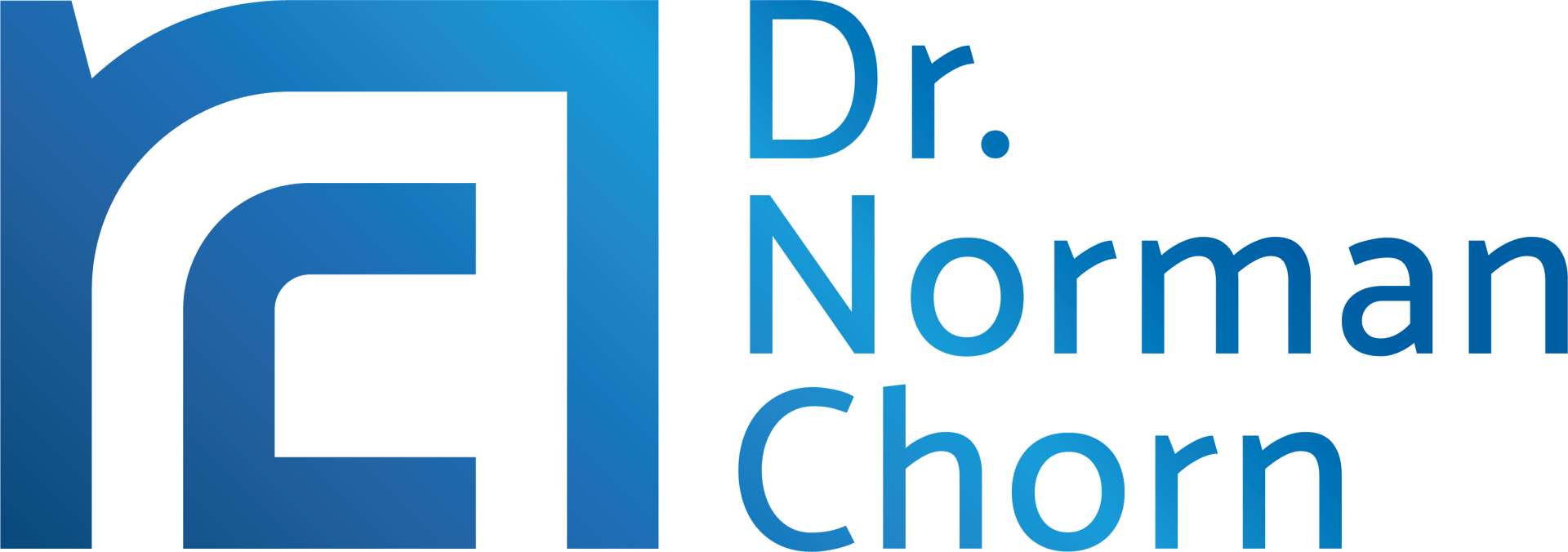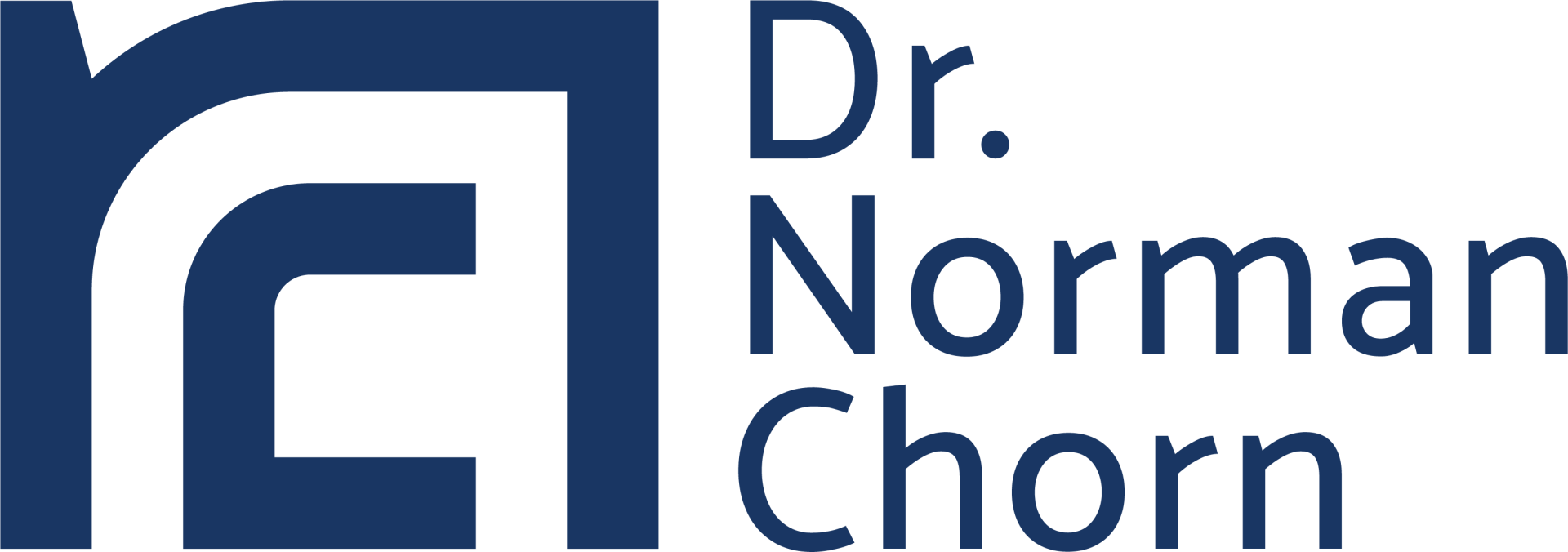Strategic Intuition is powerful combination of rational thinking and creative imagination. It can be released by following a process that recognises the differences between Strategy and Planning
Combining Rational Thought And Creativity
What is Strategic Intuition?
Have you ever had a flash of insight where the solution to a difficult problem just comes to you? The answer seems to hit you suddenly and all the dots are connected. You have real clarity and you know exactly what to do. This is what Duggan (1) and others have called strategic intuition, where the flash of insight is a powerful combination of rational thinking and creative imagination. This is how Zuckerberg conceived of Facebook, Richard Branson developed Virgin Airlines and Matt Church created Thought Leaders (2).
But strategic intuition is very different to expert intuition. Expert intuition is where you are able to make a snap judgement because you have vast experience and recognise a familiar situation. A good example is the paramedic who is able to make instant decisions when she arrives at a scene of an accident because she has witnessed many such scenes before.
Strategic intuition, on the other hand, is slow and occurs when the situation is new and unfamiliar. It occurs when you recognise the situation as new - and turn off your expert intuition. This is an important distinction, because expert intuition is often the enemy of strategic intuition.
Releasing your Strategic Intuition
Releasing your own strategic intuition depends on a number of factors, as we shall see below. But an important aspect is the ability to develop the so-called “beginners mind”(3) - i.e. where you deliberately push aside what you know from previous experience and open yourself up to new insights. As we know, existing paradigms offer efficient solutions to common problems, but they can restrict our willingness to see new and different solutions.
It seems that we can learn much about releasing our own strategic intuition by examining the successful exploits of Napoleon as described by von Clausewitz4 in 1832. Von Clausewitz identifies how Napoleon used the coup d’oeil (flash of insight) to conceive of many brilliant initiatives that not only defeated the enemy, but also left them completely flat-footed.
Four Key Principles
Translating Napoleon’s exploits into lessons for modern strategy, we see four clear principles:
1. Study the history and theory thoroughly
2. Immerse yourself in the situation and empty your mind
3. Wait for the flash of insight - it will come
4. Act with conviction.
1. Study the history and theory
Good strategists are always well prepared. They have studied the previous case studies and understand the theory well. But they are not captured by any of the theory or case study of previous success. Napoleon was a brilliant student and graduate of the French Military Academy.
2. Immerse your self in the situation and empty your mind
Become “one” with the situation and make sure you thoroughly understand the context and prevailing issues. Then practice “beginners mind” and consciously push aside any pre-conceived ideas or solutions you might have. This is where you deliberately separate any expert intuition you might have from the situation at hand. The critical factor is to recognise this as a “new” situation and to understand that snap judgements will not suffice.
3. Wait for the flash of insight
As you comb through the facts and details of the situation, your sub-conscious mind is hard at work - even though you may not realise it. Eventually, something will click and the fog will clear. You will have clarity and insight into the situation and be able to see the decisive point in the situation. Napoleon used to identify the decisive point in a battle that would turn the battle around and put him in a position of advantage. Recognising the decisive point in the situation is the overall purpose of strategic intuition.
4. Act with conviction
Once you have “seen” the decisive point in the situation, you should act with purpose and conviction. This is the axis around which the situation will pivot, and it is your “winning” strategy. Failing to act purposefully at this stage may mean that the window of opportunity closes and your advantage is lost.
Planning is NOT Strategy
As we see, strategic intuition is different to expert intuition. It depends on a recognition that the situation is different and casting aside the need to make a snap judgement. Moreover, it relies on you being able to make the distinction between Planning and Strategy.
Planning is where we set objectives and take actions to achieve a goal. We assume that the situation is relatively stable, and consequently, we are able to determine the objectives at the outset, before entering the situation.
Strategy, on the other hand, is where we seek to position and equip the organisation for the future. We recognise the uncertainty and instability in the situation, and accordingly, allow the objectives (in the form of the decisive point) to emerge as we are immersed in the situation. It is in these situations that strategic intuition will emerge.
Napoleon was a brilliant strategist. He used his strategic intuition by combining rational thought with creative imagination. You can do it as well. But it depends on you recognising the situation as new and different and resisting the temptation to make snap judgements based on your previous experience.
References
(1) William Duggan, Strategic Intuition, Columbia University Press, 2007
(2) Matt Church, Thought Leaders, Harper Collins, 2011
(3) Miyamoto Misashi, A Book of Five Rings, Overlook, 1992
(4) Carl von Clausewitz, On War, Penguin, 1968 (originally written in 1832 in classical German)
About the Author
Dr Norman Chorn is a highly experienced business strategist helping organisations and individuals be resilient and adaptive for an uncertain future. Well known to many as the ‘business doctor’!
By integrating the principles of neuroscience with strategy and economics Norman achieves innovative approaches to achieve peak performance within organisations. He specialises in creating strategy for the rapidly changing and uncertain future and can help you and your organisation.
Subscribe to our regular articles, insights and thought leadership




